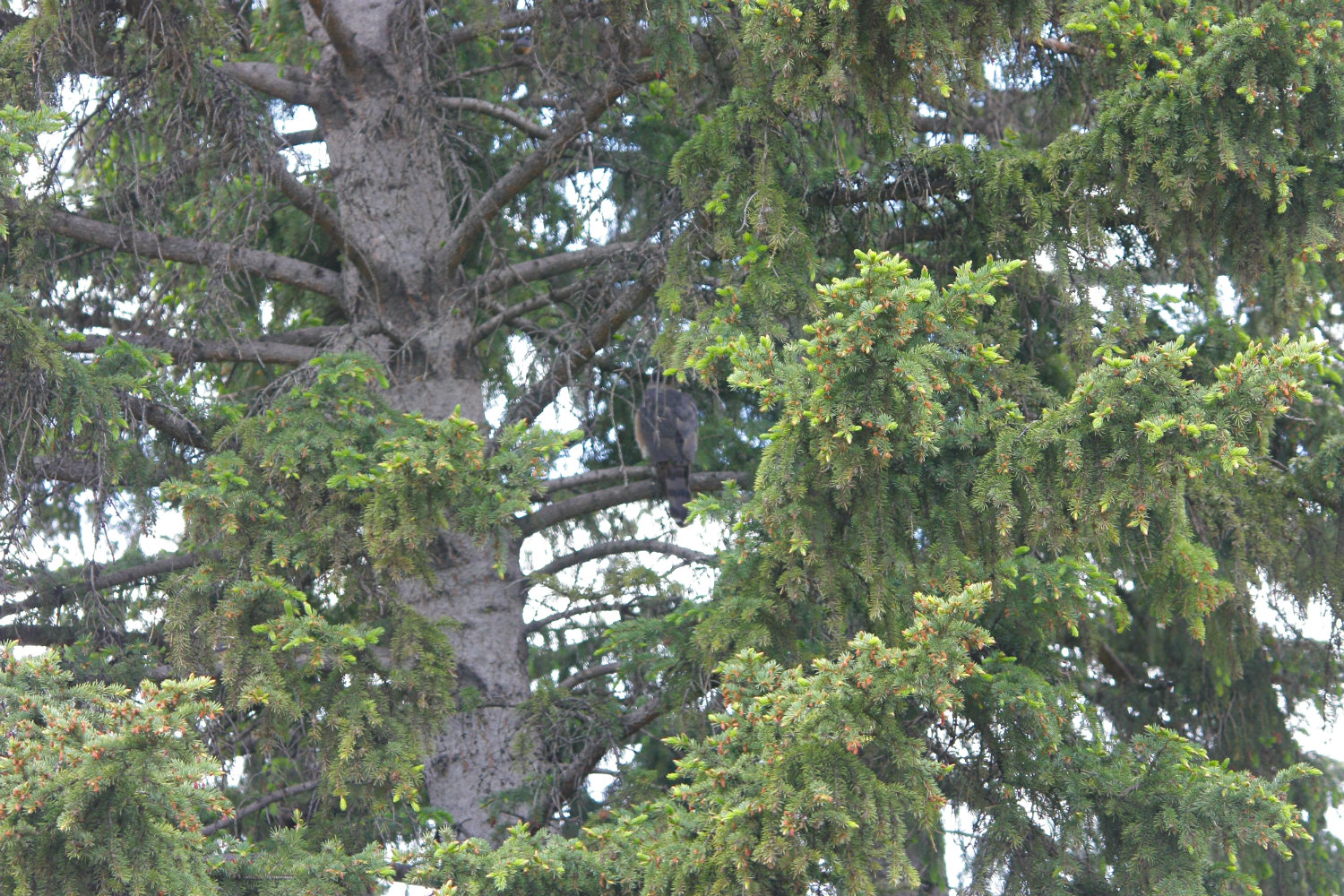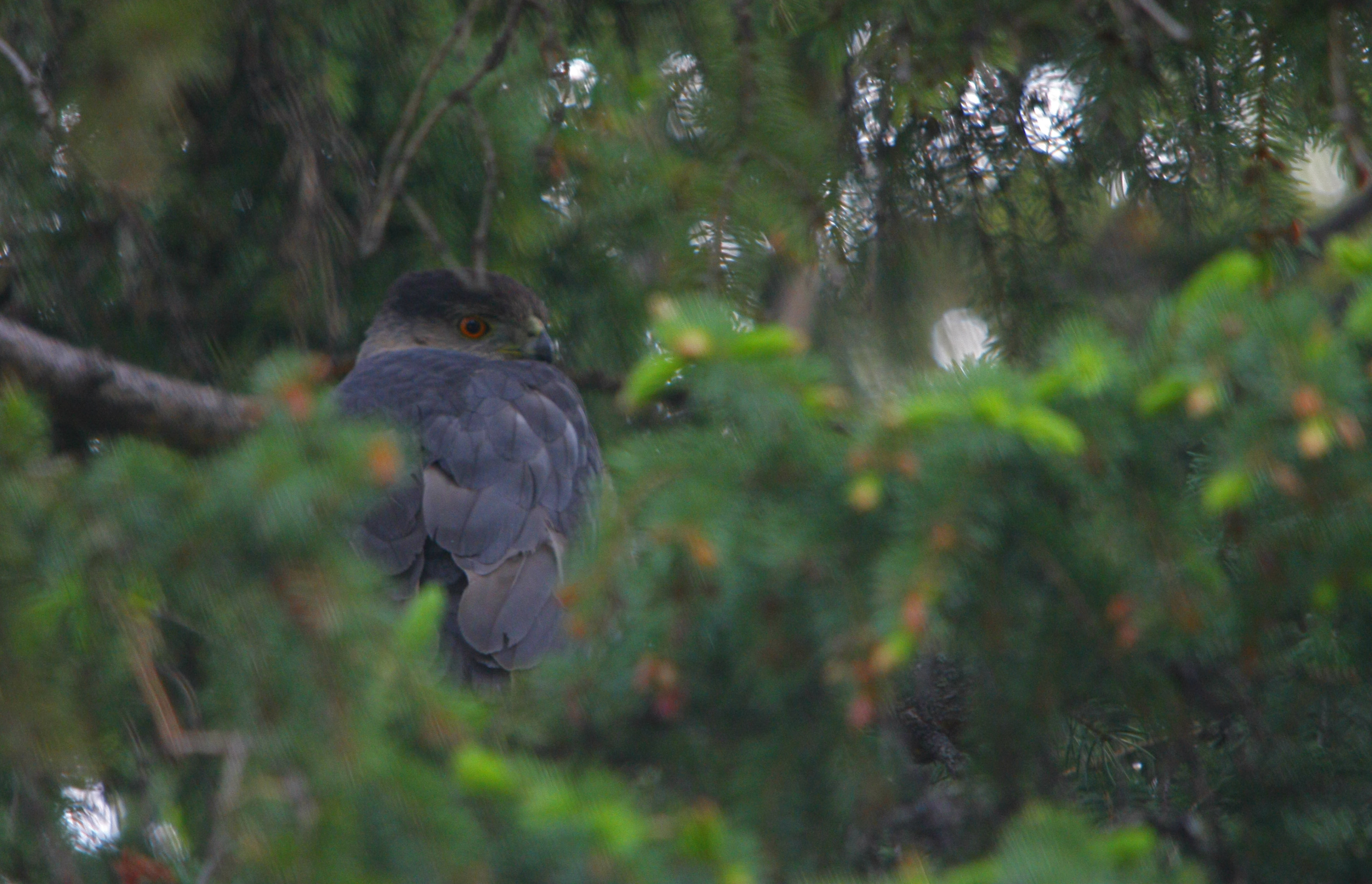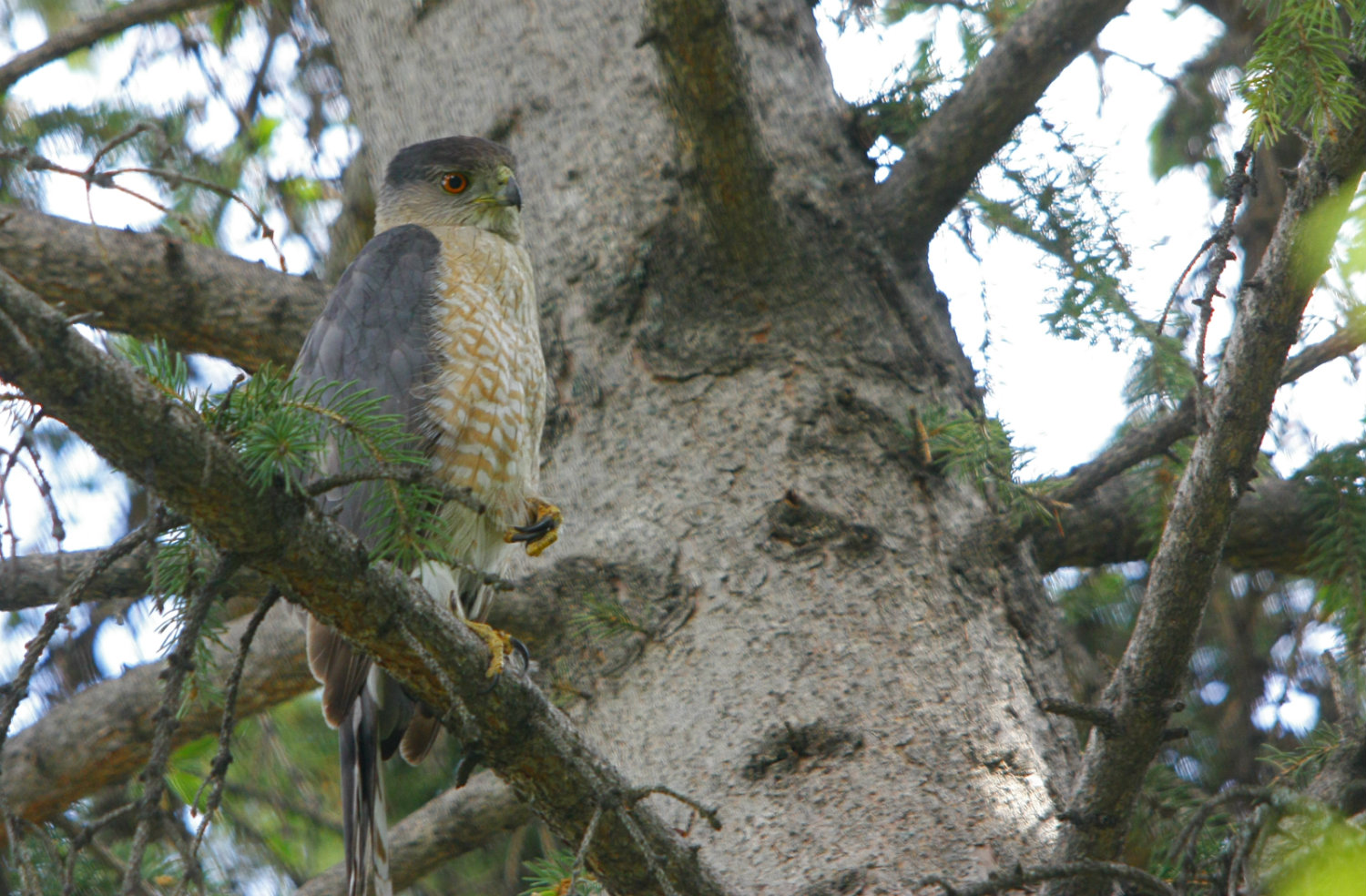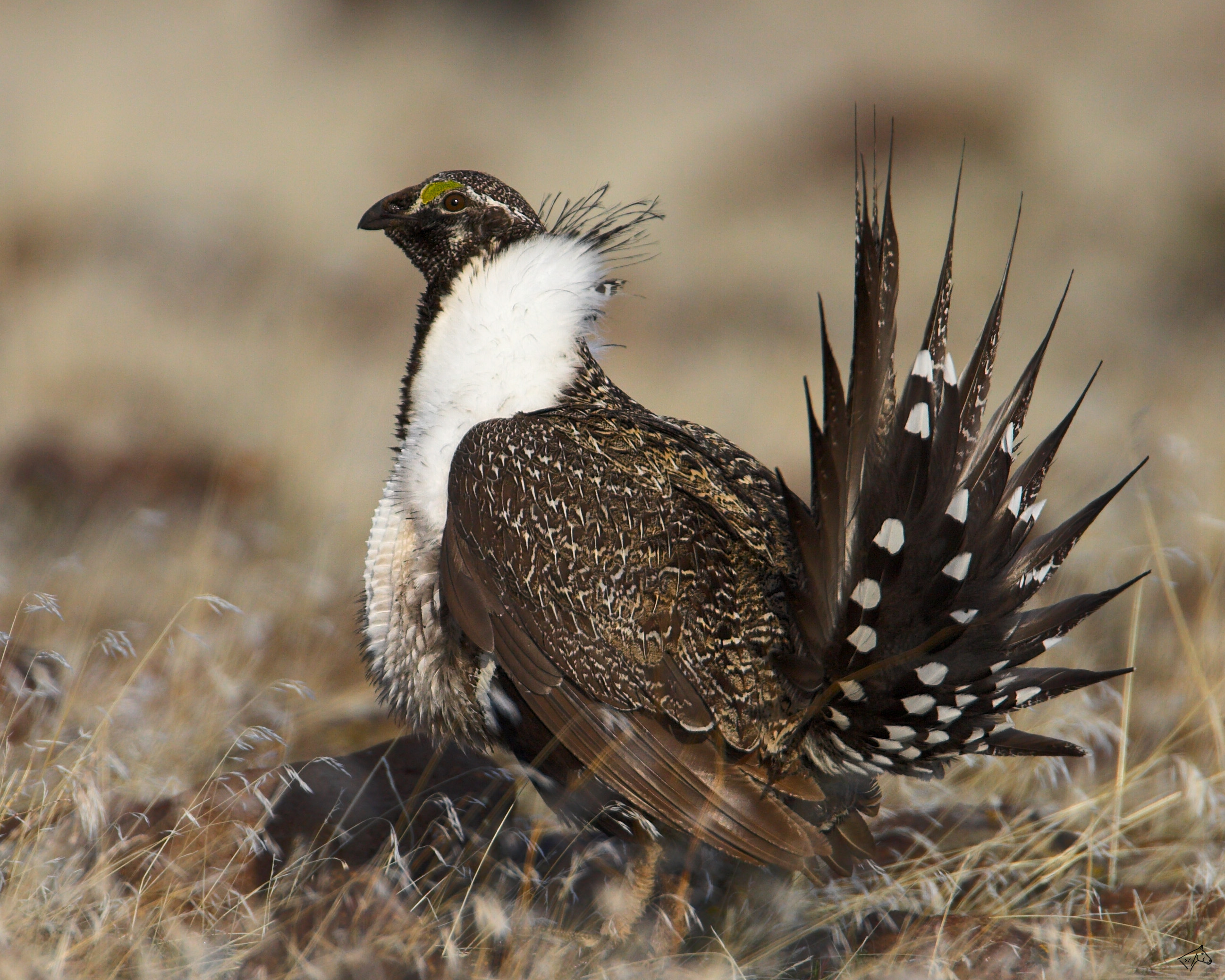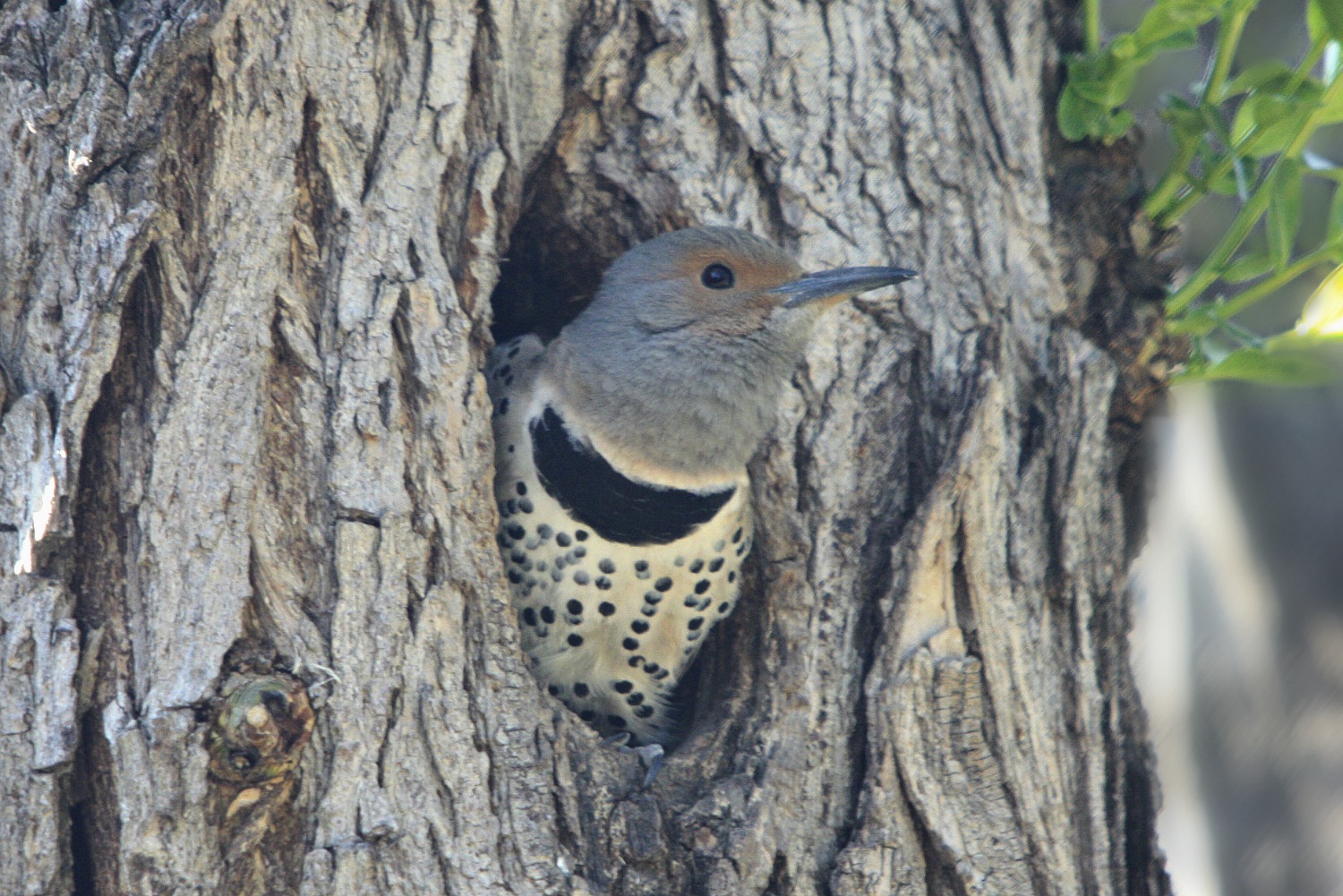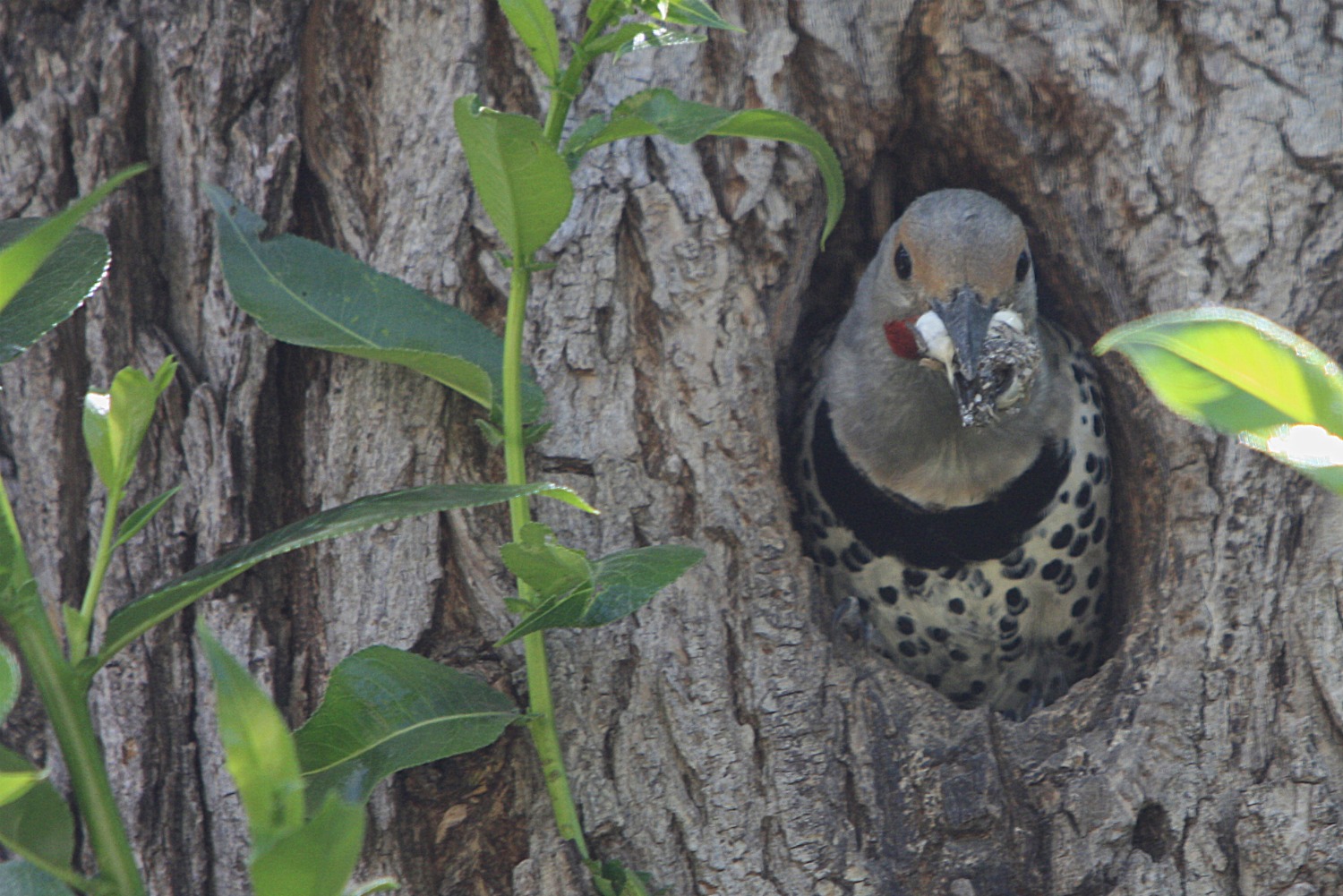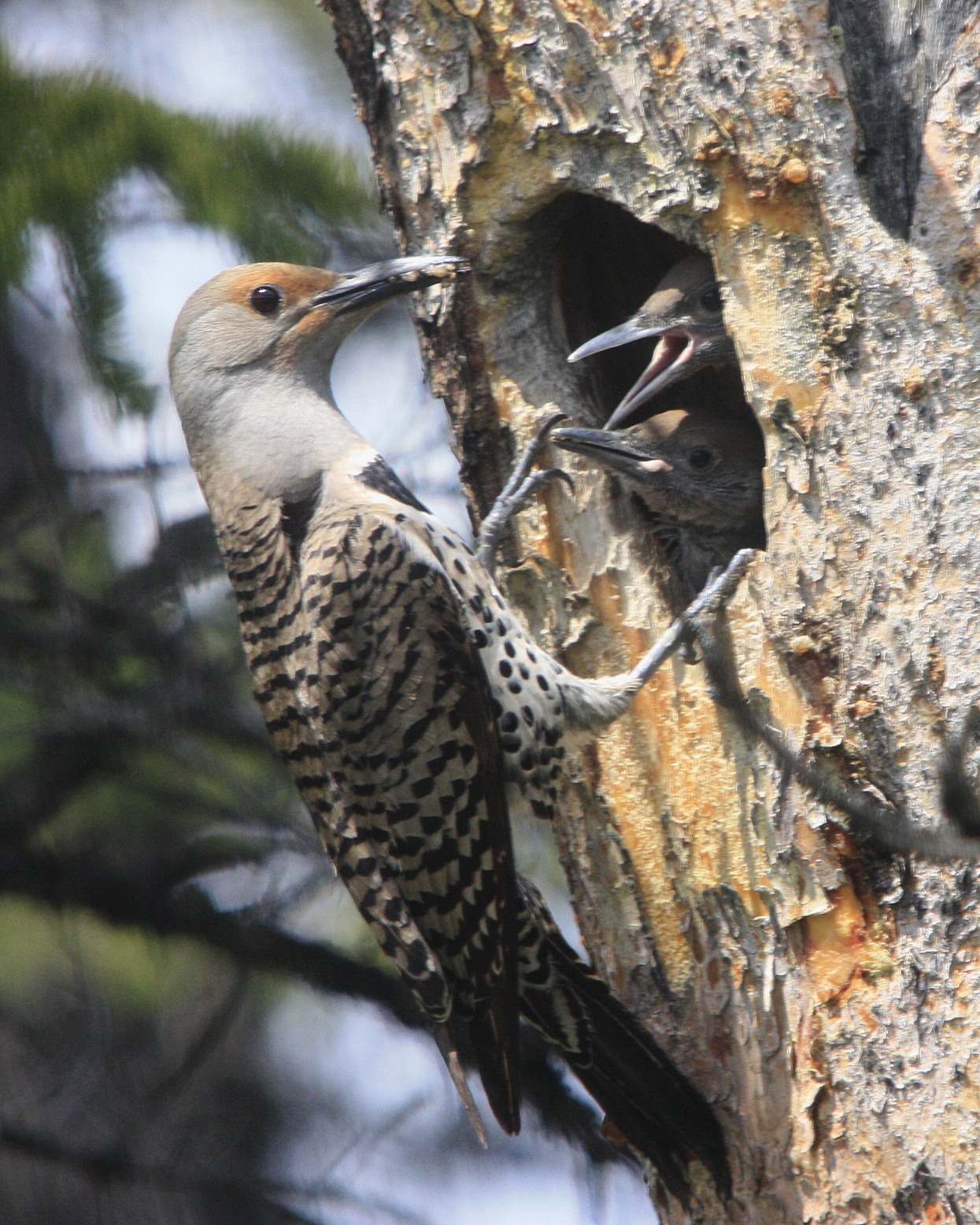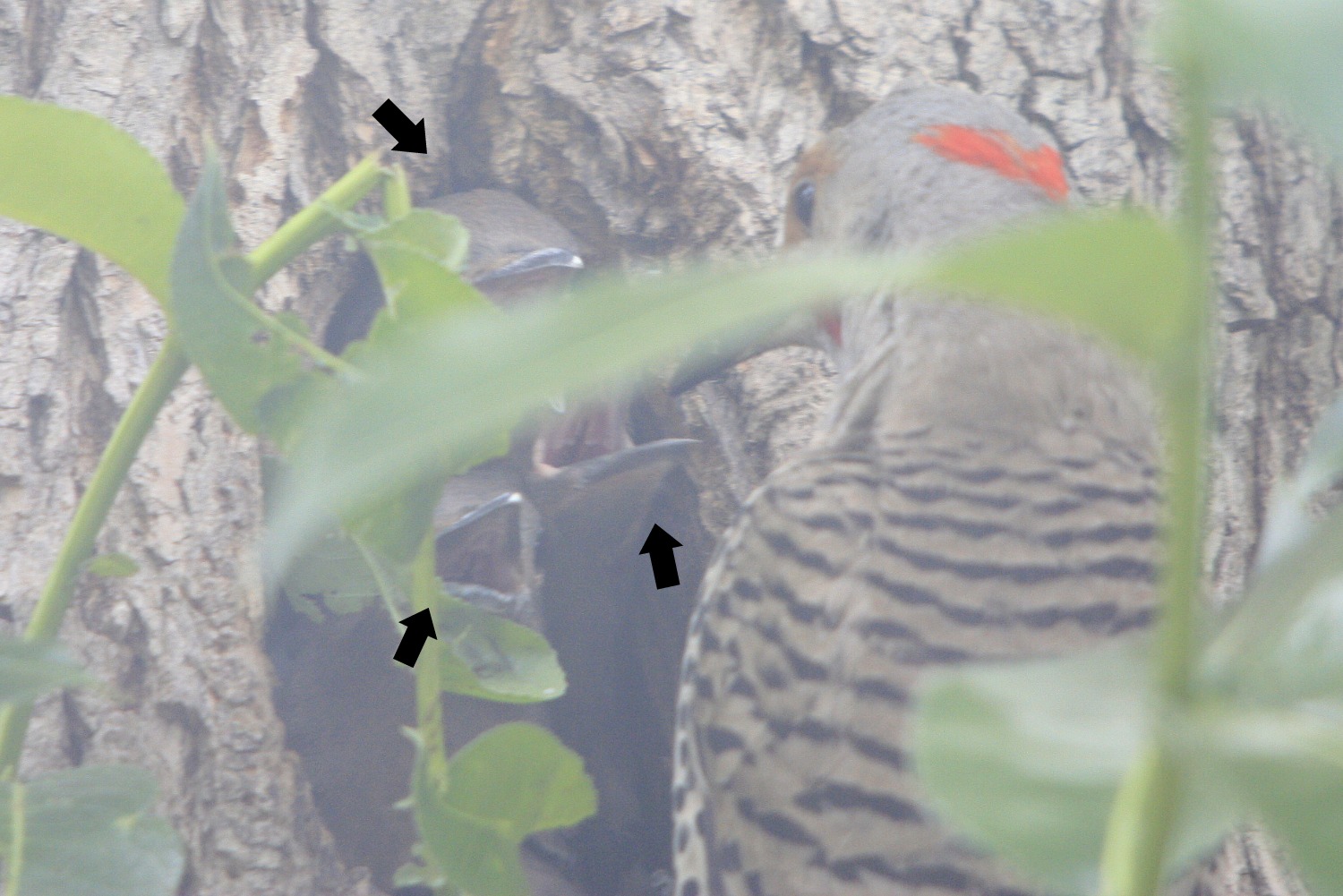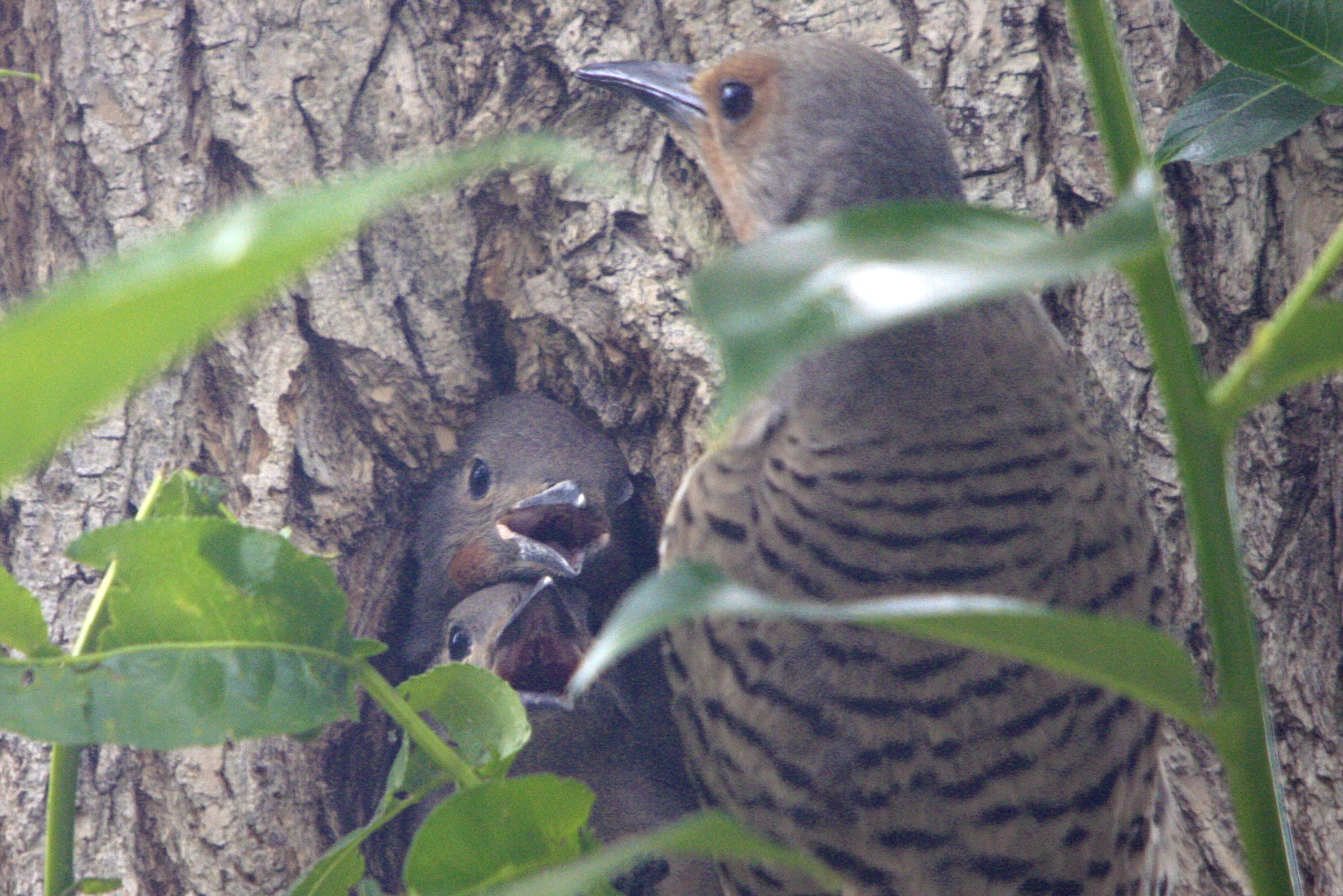Posted by Matthew Sim
During the summer, Calgary is home to 5 species of swallow; Barn, Cliff, Bank, Northern Rough-winged and Tree Swallows can all be reliably found in the city during the warmer months. The Tree Swallow, perhaps the most common species of swallow here is a favorite bird of mine because of their personality. They always seem to be communicating with one another and I find it humorous to sit back from time to time and watch as a pair on a branch lean back and forth, chattering away to each other.
The Tree Swallow is, of course, a member of the swallow family, (the family is known by the latin name Hirundinidae) small, slender songbirds with small bills and long, pointed wings. A swallow’s sleek form allows it to be an “adept aerialist”, as described in the National Geographic field guides, and they use this form well as they are always darting and swooping about catching flying insects.

The Tree Swallow is separated from other swallows by its blue-green feathers on its upper parts and white plumage below.
Identified by its blue-green upperparts and white underparts, the tree swallow can be seen flying around meadows and open fields and in wooded habitat near water, such as down along the river in Fish Creek. In fact, just last week as I was exploring some trails in Fish Creek Provincial Park by the river, I came across a Tree Swallow nesting in a cavity right at eye-level in a poplar tree.

Down in that hole, just out of eyesight, is the Tree Swallow’s nest, which is an open cup of grass lined with plenty of feathers- most will likely be from waterfowl on the river. As the Cornell Lab of Ornithology says about these guy’s nests; “the Tree Swallow uses many feathers from other birds in its nest. The feathers help keep the nestlings warm so they can grow faster. They help keep levels of ectoparasites, like mites, low too.”

Now, perhaps, you know a little bit more about these beautiful and graceful birds. I know that I learned quite a lot as I did research for this post. And though you probably see plenty of Tree Swallows during the summer here in Calgary, next time you see one, I want you to stop and just observe it for a while; I’m sure you will see that they have lots of character!
